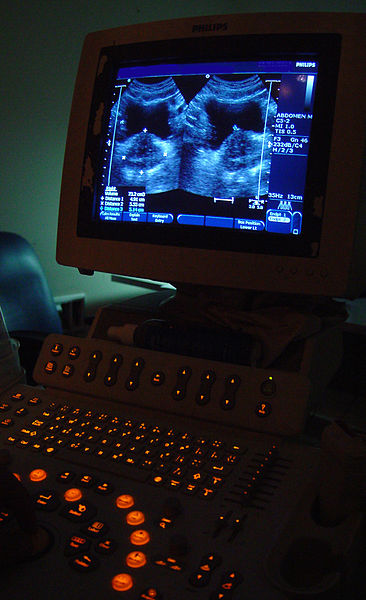As already stated, information technology has enabled everything from searches for used cars in Gauteng to medical procedures to business executives being able to complete complex deals from one of the luxurious Hermanus hotels. In its broad definition, telemedicine could be seen as the use of telecommunication and other information technologies in the attempt to deliver clinical health care to individuals not in the immediate vicinity of the latter practitioners and their facilities.
Telemedicine has enabled health care professionals to transcend the distances that separate them from patients who are in need of their services. These individuals are most often inhabitants of rural villages in remote areas. In addition to this, telemedicine has also been used to save lives of patients in critical care and the lives of individuals involved in severe accidents that have needed immediate onsite treatment.
As can be inferred, contemporary telemedicine has been an outgrowth of communication technologies that have only developed in the latter part of the twentieth century. This technology has been refined in the twenty-first century and, subsequently, patients can enjoy a relationship with their health care professional that incorporates convenience and fidelity. Information technologies allow for audio, audio-visual, medical, imaging and health informatics data to be transferred from one source to another. Telemedical devices have also facilitated the monitoring of vital functions and other biological processes of patients without them having to be restricted to hospital beds.
There are numerous ways this technology has cut down on medical service costs: hospital stays can be shortened as monitoring can be done remotely (while the patient is at home); and expenses incurred by regular travelling (done by both, patients as well as doctors) can also be significantly reduced.
It should be noted, however, that telemedicine is a term that refers specifically to the administering of clinical diagnosis and treatment by a qualified, certified clinician to a remotely located patient. There has been some confusion about this as other generic terms have been applied to this practise and, conversely, the term “telemedicine” has been designated to other health care services. One such term is “eHealth”, and another is “telehealth”. The phenomena to which these terms refer, while being closely related to telemedicine, are much broader in scope. Both of the former terms can be used to describe the offering of a broad range of health related services that don’t necessarily include an examination or consultation with a clinician. For example, eHealth could encompass dietary advice, holistic health services, medical training and various forms of research. The term, eHealth, is most often used as a catch all phrase that includes telehealth, electronic medical records, and other elements of health information technology.
Instances of the need for telemedicine can be found throughout history. There is an abundance of examples where communications devices have been used for medical related information transfer. During the Second World War, two way radio communications were often relied on by injured soldiers who needed to receive rudimentary treatment while still on the battle field. At the turn of the twentieth century, Australia offered its citizens the Royal Flying Doctor Service of Australia which could be contacted via a two way radio powered by a dynamo driven by a pair of bicycle systems.
Since these early examples of distance medical treatment, the field has come a very long way. Today, doctors can view high quality x-rays and other forms of medical imaging from thousands of kilometres away, helping them to make accurate and sometimes lifesaving diagnoses. In addition to this, operations can be guided by an experienced, remotely located voice, and training can be offered to a wide audience of students all around the globe. The next time you buy an Apple Mac, remember that the same technology used in the computer serves to better the lives of many people from around the globe who are in desperate need.
